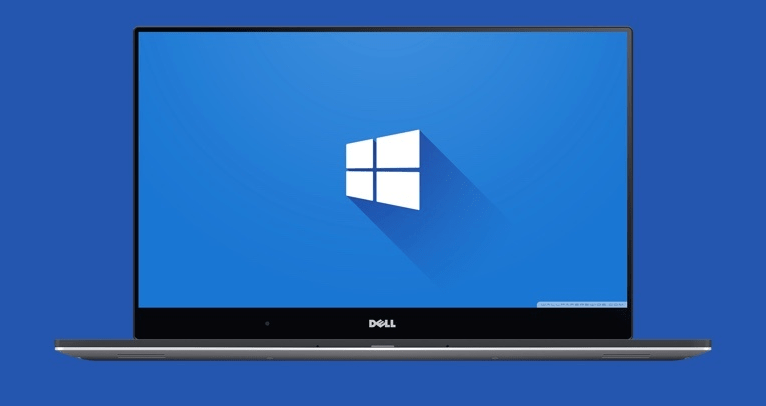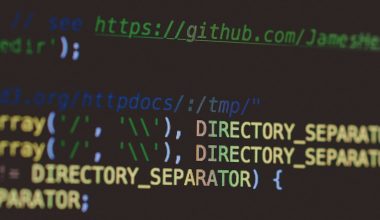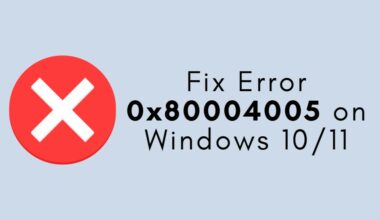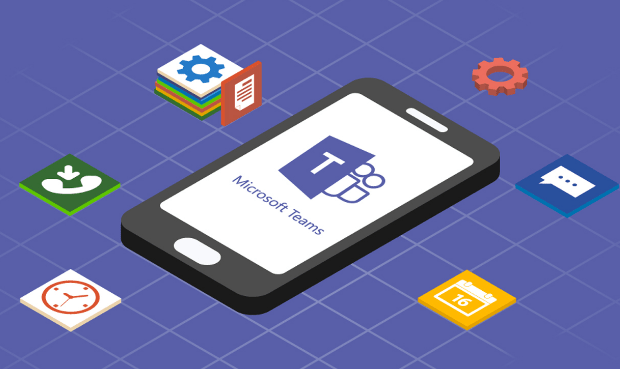In an evolving digital advertising landscape, the battle between Programmatic Advertising and Google Ads becomes increasingly intricate. As 2025 approaches, marketers, agencies, and brands are exploring new strategies to streamline campaigns, maximize ROI, and reach highly targeted audiences. Understanding the distinct features, benefits, and limitations of each platform is crucial for developing a winning ad strategy.
What is Programmatic Advertising?
Programmatic advertising refers to the automated buying and selling of online ad space using artificial intelligence and real-time bidding. It allows advertisers to purchase impressions across a vast range of websites, apps, and video platforms, leveraging sophisticated algorithms for optimal placement.
Key Benefits of Programmatic Advertising:
- Automation: Streamlines ad buying without human negotiation.
- Real-Time Bidding (RTB): Enables bidding on each impression in milliseconds, ensuring precise audience targeting.
- Audience Segmentation: Uses data to reach specific demographics, behaviors, or interests.
- Omnichannel Reach: Facilitates unified campaigns across mobile, desktop, connected TV (CTV), and more.

What is Google Ads?
Google Ads is Google’s advertising platform, allowing businesses to display ads across its search engine, YouTube, Gmail, and various partner sites. While it includes elements of programmatic technology, it’s often managed manually or through its own AI-driven tools like Smart Bidding.
Key Benefits of Google Ads:
- Search Intent: Targets users actively looking for products or services.
- Ease of Use: Intuitive interface great for beginners or smaller businesses.
- Specific Campaign Types: Run ads on Search, Display, Shopping, Video, and App campaigns all under one roof.
- Performance Tracking: Deep integration with tools like Google Analytics and Google Tag Manager.
Comparison: Programmatic vs Google Ads
While both advertising platforms are powerful, they serve fundamentally different purposes. Here’s a point-by-point comparison:
| Feature | Programmatic Advertising | Google Ads |
|---|---|---|
| Ad Inventory | Accesses a broader range of inventory including websites, mobile apps, CTV, and more | Mainly limited to Google’s owned and partner properties |
| Data Usage | Uses first-party, second-party, and third-party data for audience targeting | Primarily uses Google’s internal data and advertiser’s first-party audience lists |
| Transparency | May have limited transparency on placement unless managed appropriately | Generally provides clearer visibility into search terms and traffic sources |
| Cost Model | Mostly CPM-based (Cost Per Mille) | Multiple pricing models: CPC, CPM, CPA, and ROAS bidding |
| Learning Curve | Requires technical knowledge and experience | Beginner-friendly with automated features |
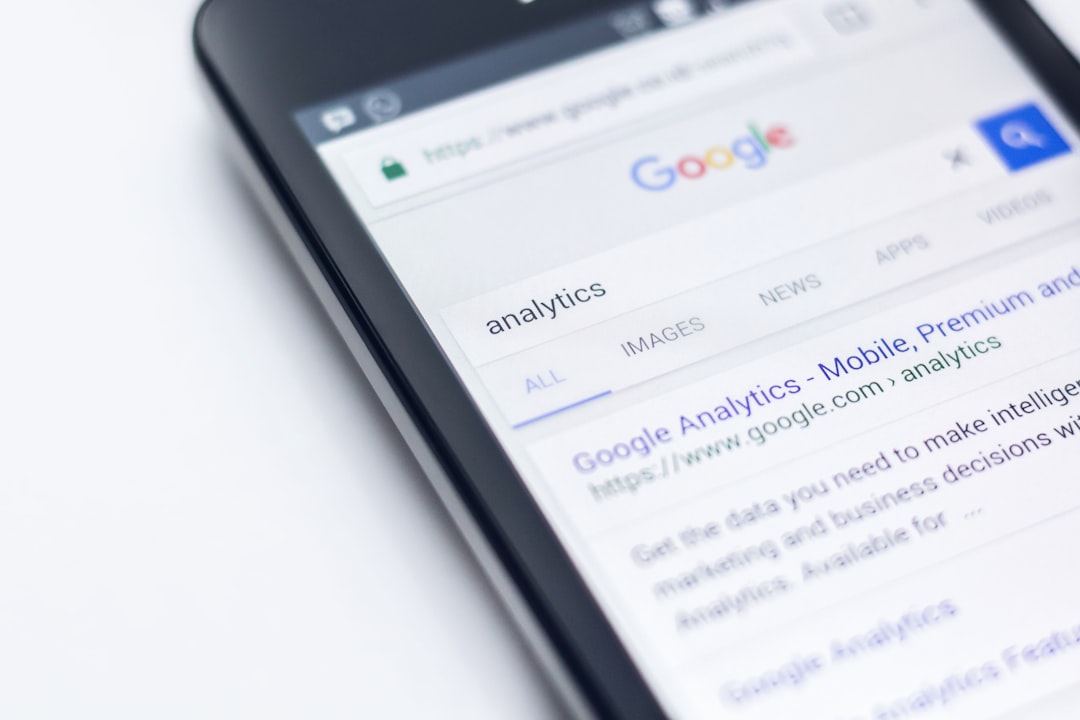
Which One Should You Choose in 2025?
The answer depends on your specific goals, budget size, and level of expertise. For corporate brands or agencies looking for expansive reach and advanced targeting, programmatic advertising may provide a robust solution. Meanwhile, for small to medium businesses focused on search intent or local targeting, Google Ads remains a trusted and effective platform.
Also, the best strategy may involve a combination of both. By integrating Google Ads into a broad programmatic strategy, businesses can cover the entire customer journey — from awareness through search to conversion.
FAQs
- Q: Is Programmatic Advertising more expensive than Google Ads?
A: Not necessarily. While programmatic tends to favor larger budgets, its efficiency often balances out the cost. Both platforms offer budget flexibility depending on campaign goals. - Q: Can I use both Programmatic and Google Ads together?
A: Yes. Many advertisers successfully combine both to expand reach and improve targeting precision along the marketing funnel. - Q: Is programmatic advertising only for big brands?
A: Though often used by enterprises, DSPs (Demand Side Platforms) and self-serve options have made programmatic accessible for mid-size brands and even startups. - Q: How important is data in programmatic advertising?
A: Extremely. Data drives everything in programmatic—from targeting and bidding to campaign performance and optimization. - Q: Which platform provides better ROI?
A: It depends on your goals and execution. Google Ads may bring quicker conversions due to search intent, while programmatic can drive brand awareness and reach at scale.
